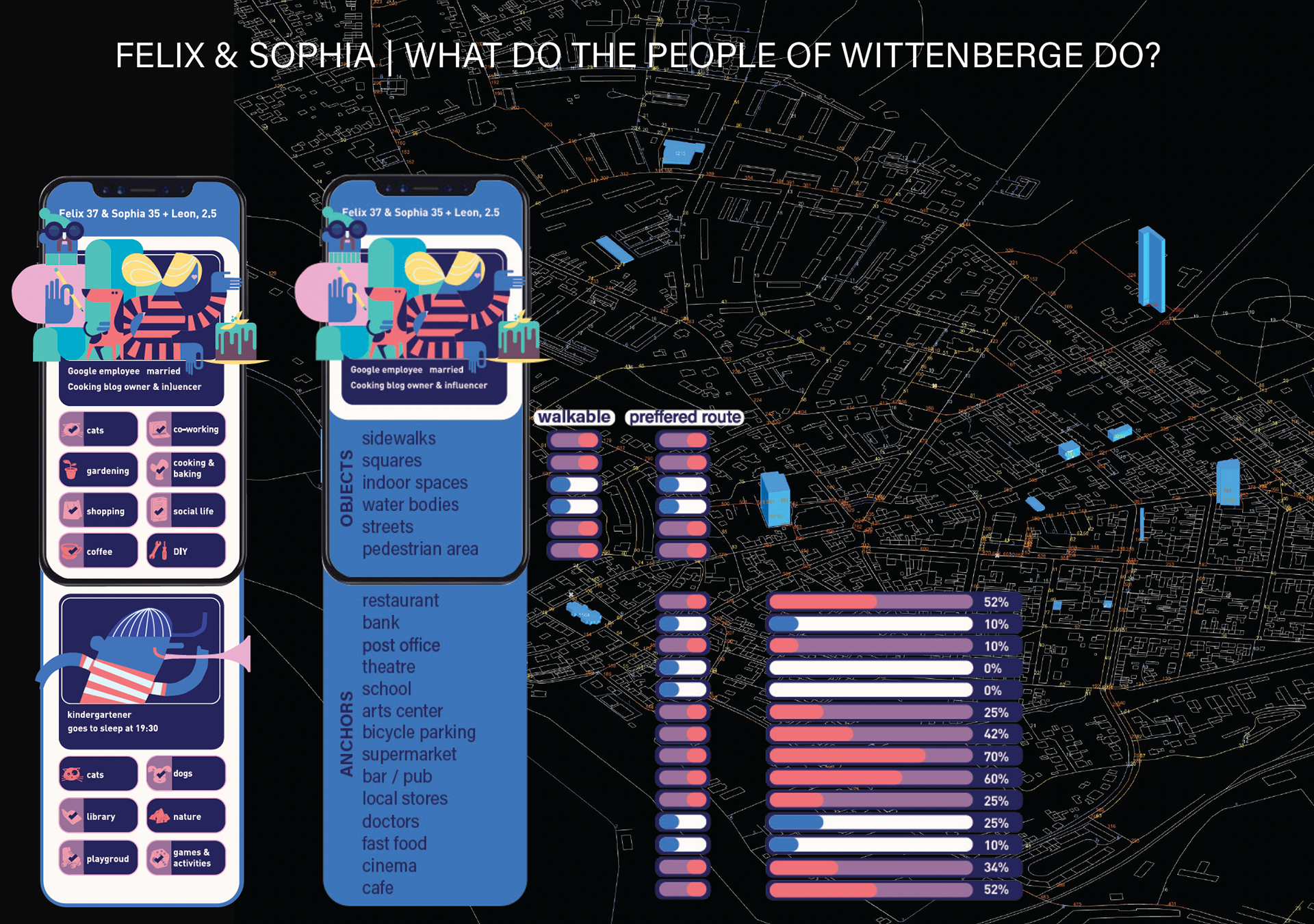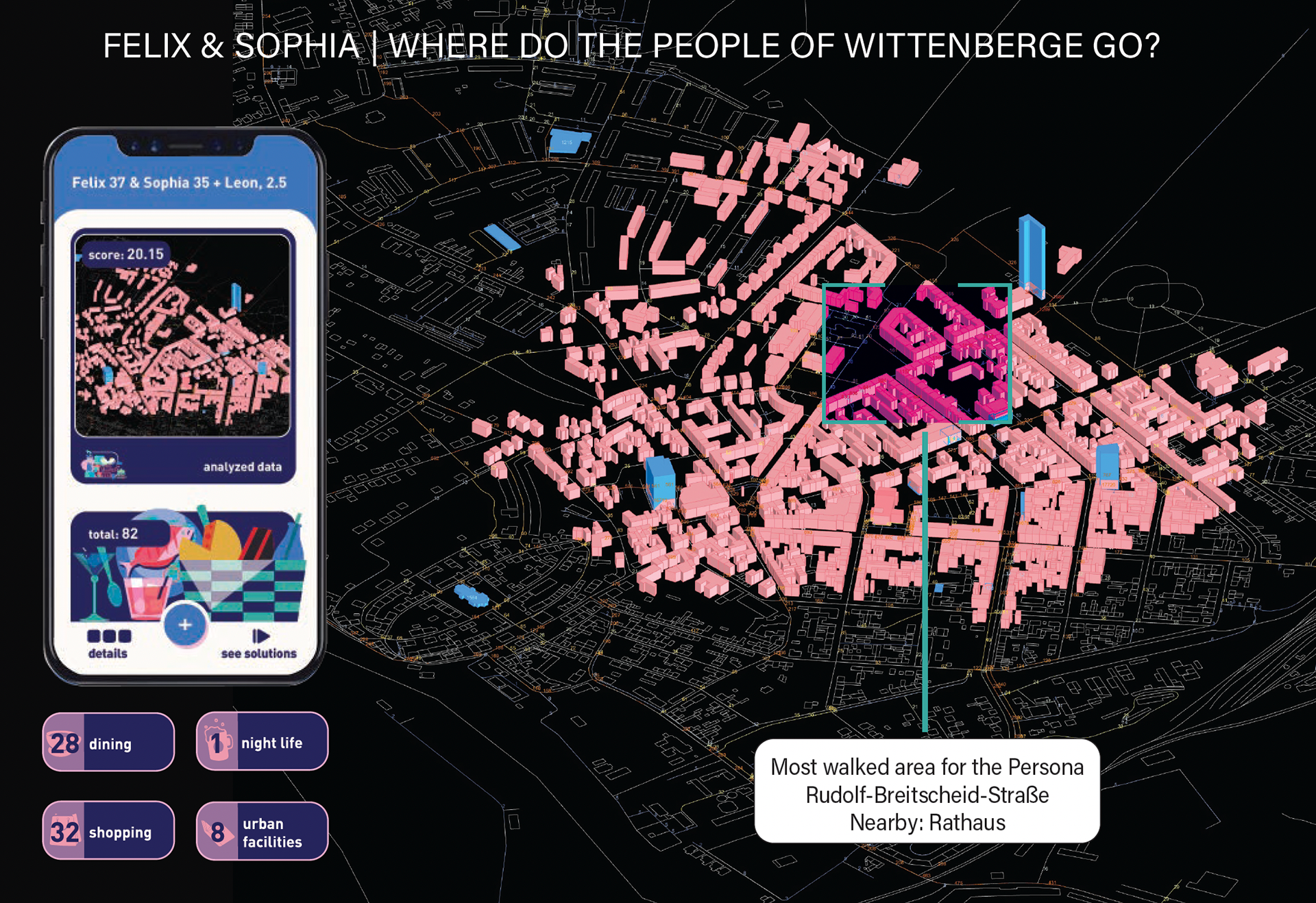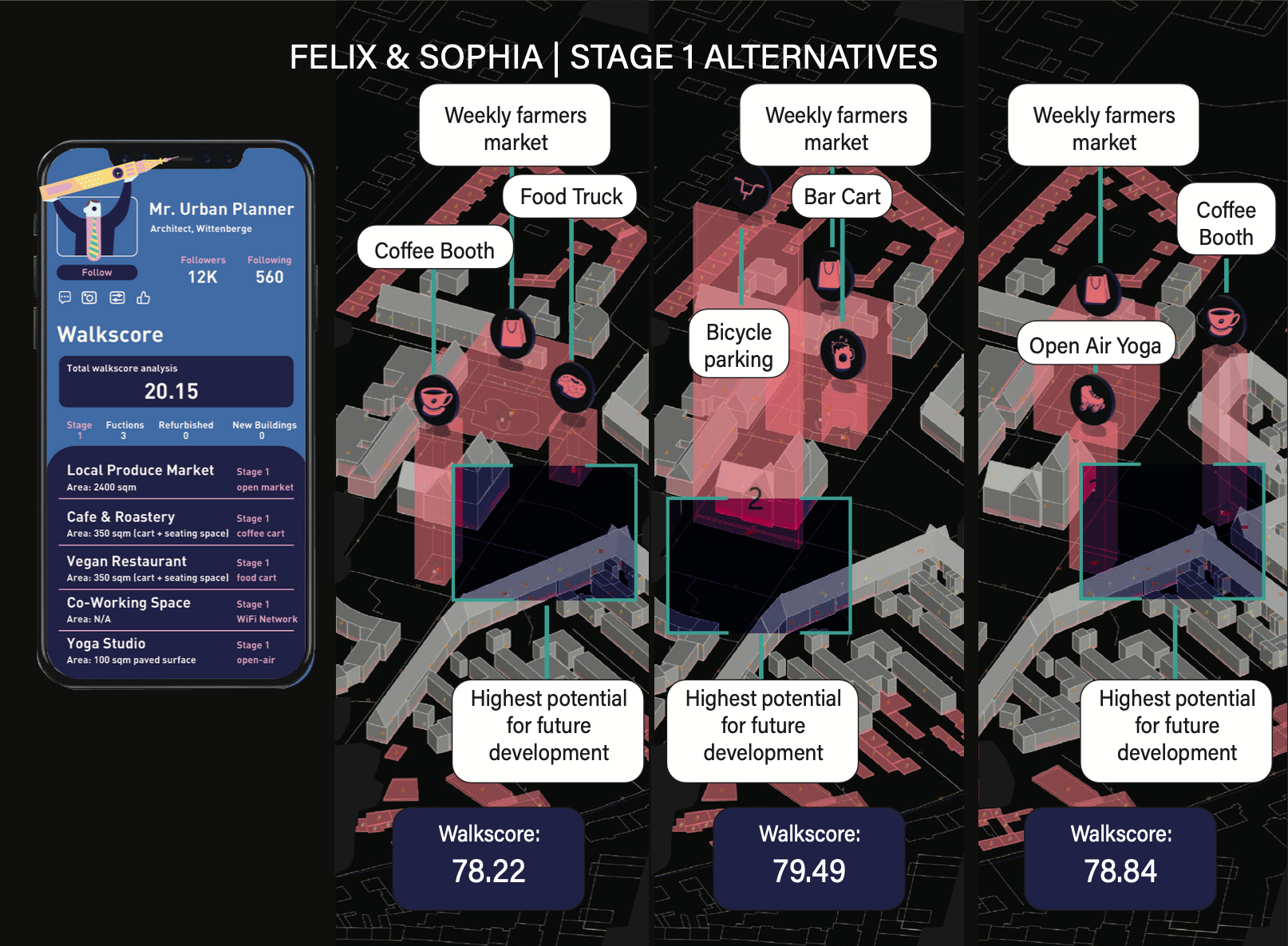




CULTURAL CONTEXT | EUROPEAN MID SIZED CITIES
The Mid-Sized city as the standard.1
In Europe there are approximately 400 mid-sized cities, with population ranging from 150,000 to 1 million inhabitants. These form a web with an average mesh opening of approximately 100 km. Within this web, 300
million people live in a relatively high quality living environment. This is a uniquely European condition. In other parts of the world, cities are larger, lie farther apart, or form concentrated clusters in an otherwise thinly populated landscape.
1. Urban Reports | Urban strategies and visions in mid sized cities in a local and global context, Nicola Schuller, Petra Wollenberg and Kees Chrisriaanse, ETH Zürich, 2009
Comprehensive urbanisation
The 21st Century is the age of urban migration and mobility1
1. Urban Reports | Urban strategies and visions in mid sized cities in a local and global context, Nicola Schuller, Petra Wollenberg and Kees Chrisriaanse, ETH Zürich, 2009
The following factors are creating competition between cities today:
1. New markets, information economy replaces industrial societies.
2. Ease of movement, talented young professionals are more willing to move for better opportunities. - Deregulation and liberalisation of the public realm.
2. Ease of movement, talented young professionals are more willing to move for better opportunities. - Deregulation and liberalisation of the public realm.
However, Comprehensive urbanization is creating a split between spatial and societal aspects of urbanization.
1. Increase in mobility has caused rising pollution and capacity bottle heads in city centers.
2. Growth of cities in size without the adequate supply of facilites has created a separation
between residents and workplaces.
Advantages and disadvantages of Mid-sized cities
+
They remind us of the way cities «used to be»
They have a clearly defined «center» and «periphery»
They possess social & cultural consistency
-
They are unable to generate the critical mass of exchange of information, goods and people on a global level, and compete in the metropolitan market for talented professionals.
Gezelligheid and Hygge | What is the local «American Dream?»
Gezelligheid and Hygge | What is the local «American Dream?»
In contrast to the American Dream, freedom is not found in autonomy, but in embeddedness. To be free is
In contrast to the American Dream, freedom is not found in autonomy, but in embeddedness. To be free is
to have access to a myriad of interdependent relationships with others.
The more communities one has access to, the more options and choices one has for living a full and meaningful life. With relationships comes inclusivity and with inclusivity comes security. It is secular, more cosmopolitan and less territorial. Therefore, the European «American Dream» stands in contrast with the ultra-capitalistic nature of large Metropolitan cities.
SO WHY PEOPLE AREN’T STAYING?
THERE IS A NEED TO RECONCILE THE «CITY OF THE SPECTACLE»WITH THE REAL CITY. festivals won’t work until there’ll be real value to offer.
analysis summary
what?
20 - MINUTE NEIGHBOURHOODS
‘LIVING LOCALLY’—giving people the ability to meet most of their daily needs within a 20-minute return walk from home, with access to safe cycling and local transport options. Connected and walkable places are where people can:
• Live
• work and play
• buy their groceries
• work from home or local business
• access services
• meet their neighbours at the central gathering places
The measure of 20-minute neighbourhoods - 800 METER walkable catchments: Research shows that 20-minutes is the maximum time people are willing to walk to meet their daily needs locally.1
1. Badland H, Whitzman C, Lowe M, Davern M, Aye L, Butterworth I, Hes, D and Giles-Corti B 2014, Urban liveability: Emerging lessons from Australia for exploring the potential for indicators to measure the social determinants of health, Social Science and Medicine, 111: 64–73.
BENEFITS OF THE 20-MINUTE NEIGHBORHOOD
1. WALKABILITY AS A TOOL TO REVERSE URBAN SPRAWL
The modern city center offers far better living standards than it did in the past, while living on the outskirts of major cities has left citizens unhappy and exhausted. Suburban residents are removed from many things. All destinations – from schools to medical facilities and even bars and social gatherings – require a long commute.
Spending more time on the road generally suburban dwellerds more worn down than inner-city citizens. In 2008, two economists compared German citizens’ estimates of how long it took them to get to work with how satisfied they were with their lives. A pattern emerged: the further the commute, the less satisfied these people felt.
Source: Happy City: Transforming Our Lives Through Urban Design, Charles Montgomery, 2014
Illustration: How to Ease Commuting Pains, Brian O’Connell, June 8, 2019
2. CAR-FREE QUALITY URBAN SPACES
Cars make a lot of noise, which leaves us feeling distracted, unsafe and unwilling to spend time outside. This is enough to keep people from getting in touch with their neighbors. A 1971 study of two San Francisco streets documented the behaviour of the people who lived there. In the street with less traffic, each resident had, on average, three local friends and six local acquaintances. Those living in the street with heavy traffic typically only had one local friend and three local acquaintances.
Source: Happy City: Transforming Our Lives Through Urban Design, Charles Montgomery, 2014
Park ‘n’ Play. JAJA Architects, Copenhagen, Denmark, 2016
Israels Plads, COBE, Copenhagen, Denmark, 2014
3. SENSORY BALANCING ACT
Social psychologist Stanley Milgram compared the behaviour of people in small towns to that of people in big cities. People in small towns were much more willing than city-dwellers to help strangers, for instance. Milgram reasoned that this was the result of the sensory overload created by crowded cities. When we’re surrounded by bustling crowds, our nervous system tends to get overwhelmed. As a result, we’re more likely to create protective barriers by distancing ourselves from other individuals.
In 1973 psychologist Andrew Baum studied the behaviour of students living in two different dormitories at Stony Brook University in New York. The students living in the first corridor complained of stress and unwanted social interactions, and were less likely to make friends with other residents. Students living in the dorm with suites, on the other hand, talked with each other more and were more likely to help each other out. So, the ideal city offers us social environments that balance our need for privacy while encouraging us to engage with a small group of fellow citizens.
Source: Happy City: Transforming Our Lives Through Urban Design, Charles Montgomery, 2014
5. REDISTRIBUTION OF RESOURCES TO THE LESS PRIVILEGED
The polycentric urban model ensured that all parts of the city will get developed, providing equal opportunities to education, healthcare, wellness and recreation, regardless of the distance from a single «center», or the ability to reach it.
Source: Happy City: Transforming Our Lives Through Urban Design, Charles Montgomery, 2014
5. SELF-PROPELLED MOBILITY
Self-propelled commuters enjoy their walks or bike rides to work. Even children have been known to prefer walking to school rather than being driven there. Roads that look safe and interesting can also make walking seem like less of a chore. In London and New York, simple improvements serve to encourage residents to get on their feet more. Rather than filling the city with drive-in malls, where people leave their cars and only shop within the building, people prefer walking along the trendy street, even if shops are more than 15 minutes apart.
Source: Happy City: Transforming Our Lives Through Urban Design, Charles Montgomery, 2014
who?
BY HARNESSING THE POTENTIAL OF PERSONALISED BIG DATA INTO URBAN DESIGN, WE ARE ABLE TO ACHIEVE CITIES THAT RESONATE WITH EACH AND EVERY ONE OF US, WHILE ALSO BECOMING A FERTILE GROUND FOR COMMUNITY FORMATION.
BECAUSE HAPPY PEOPLE ARE CONNECTED PEOPLE.








